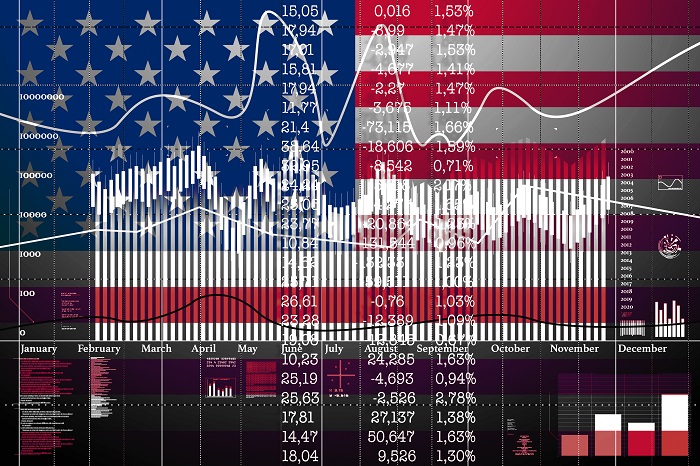 |
 Video: What is a Stock Split? Video: What is a Stock Split?
|
 |
|
| OncoSec Medical is a late-stage immuno-oncology company focused on designing, developing and commercializing intra-tumoral DNA-based therapeutics delivered by electroporation (EP) to stimulate and augment anti-tumor immune responses for the treatment of cancers. Co.'s main technology, ImmunoPulse®, is a drug-device therapeutic modality platform comprised of OncoSec Medical System EP device (the OMS EP Device) and a DNA plasmid delivery and application method. The OMS EP Device can be adapted to treat various tumor types, and consists of an electrical pulse generator and disposable applicator. Co.'s main product candidate is a plasmid encoding interleukin-12 called tavokinogene telseplasmid. According to our ONCS split history records, ONCS has had 2 splits. | |
 |

ONCS (ONCS) has 2 splits in our ONCS split history database. The first split for ONCS took place on May 21, 2019. This was a 1 for 10 reverse split, meaning for each 10 shares of ONCS owned pre-split, the shareholder now owned 1 share. For example, a 1000 share position pre-split, became a 100 share position following the split. ONCS's second split took place on November 09, 2022. This was a 1 for 22 reverse split, meaning for each 22 shares of ONCS owned pre-split, the shareholder now owned 1 share. For example, a 100 share position pre-split, became a 4.54545454545455 share position following the split.
When a company such as ONCS conducts a reverse share split, it is usually because shares have fallen to a lower per-share pricepoint than the company would like. This can be important because, for example, certain types of mutual funds might have a limit governing which stocks they may buy, based upon per-share price. The $5 and $10 pricepoints tend to be important in this regard. Stock exchanges also tend to look at per-share price, setting a lower limit for listing eligibility. So when a company does a reverse split, it is looking mathematically at the market capitalization before and after the reverse split takes place, and concluding that if the market capitilization remains stable, the reduced share count should result in a higher price per share.
Looking at the ONCS split history from start to finish, an original position size of 1000 shares would have turned into 4.54545454545455 today. Below, we examine the compound annual growth rate — CAGR for short — of an investment into ONCS shares, starting with a $10,000 purchase of ONCS, presented on a split-history-adjusted basis factoring in the complete ONCS split history.

Growth of $10,000.00
Without Dividends Reinvested
|
| Start date: |
04/29/2014 |
|
| End date: |
06/23/2023 |
|
| Start price/share: |
$160.60 |
|
| End price/share: |
$0.28 |
|
| Dividends collected/share: |
$0.00 |
|
| Total return: |
-99.83% |
|
| Average Annual Total Return: |
-50.03% |
|
| Starting investment: |
$10,000.00 |
|
| Ending investment: |
$17.43 |
|
| Years: |
9.16 |
|
|
 |
| Date |
Ratio |
| 05/21/2019 | 1 for 10 | | 11/09/2022 | 1 for 22 |
|
 |

